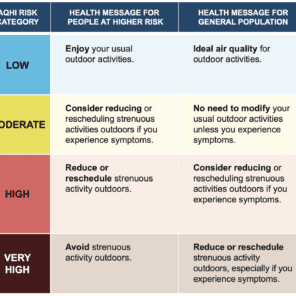Client: Health Canada
Listing of the client in no way affirms the client's support, sponsorship, or validation in any form of Risk Sciences International or the RSI staff member(s) who conducted this project during their stay with RSI or prior to joining the company. This case study is displayed for informative purposes only to demonstrate the capacity of RSI staff members. This case study reveals no proprietary information or information deemed sensitive.
Expansion of the Stochastic Health Canada Quantitative Microbial Risk Assessment Tool
Health Canada sought to enhance its Quantitative Microbial Risk Assessment (QMRA) tool, originally developed over 15 years ago for stakeholders responsible for drinking water systems. With advancements in probabilistic modeling and microbial risk assessment, the client required updates to reflect current scientific standards and practices. Specifically, the project aimed to incorporate a "reverse QMRA" capability, allowing users to back-calculate from acceptable risk thresholds to necessary treatment interventions or source water quality targets.
To support this expansion, the project began with a focused review of how reverse QMRA methods are currently used in microbial risk modeling. Building on those insights, RSI developed new analytical components that allow the tool to work backward from health risk thresholds to identify required treatment levels or acceptable source water concentrations. This involved writing new core code and refining the interface to accommodate added flexibility and usability for different analytical scenarios.
The updated tool allows stakeholders to explore what levels of treatment are necessary to meet tolerable health risk thresholds under various source water conditions. This capability supports informed decision-making by facility operators working toward compliance with Health Canada’s drinking water guidelines. RSI was also responsible for testing the tool with feedback from Health Canada, updating technical documentation, and delivering both a summary presentation and a draft publication outlining the expanded methodology. The project was designed to result in an open-access, user-friendly application suitable for broad public use.
Experts related to this case study
More RSI Case Studies
RSI presents a very small selection of case studies to highlight some of its key work.









